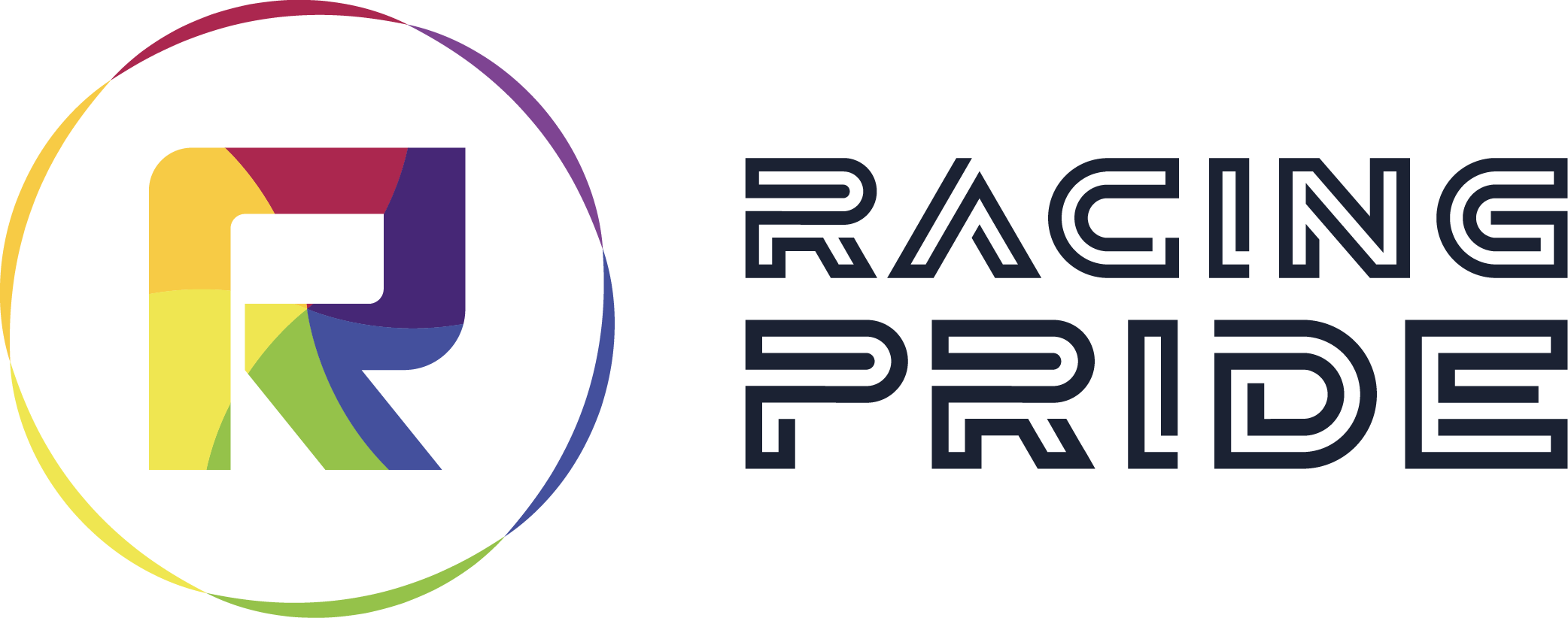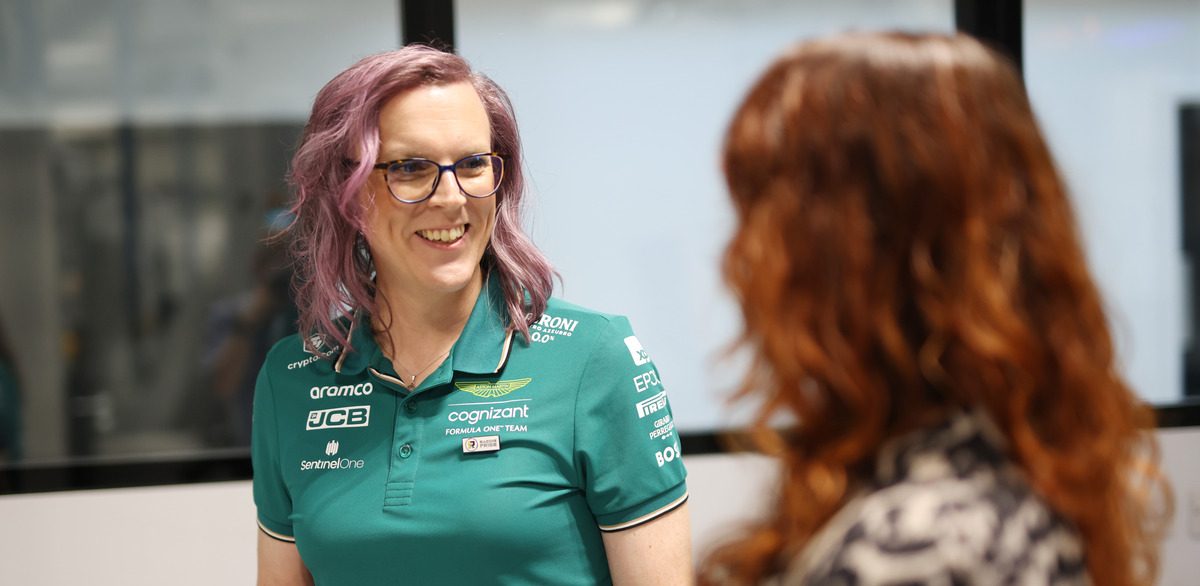Spotlight: Carys Conlon talks trans visibility
To celebrate Pride Month, Shayni Solanki spoke with Carys Conlon about her experience as a trans woman in the motorsport industry.
Carys has forged a successful career in motorsport, climbing from being a rallying development engineer to a lead engineer at the Aston Martin Aramco Formula One team.
Like many, Carys found a fleeting love for cars when she began fixing up used cars with a friend. Tinkering with cars to enter them in local rally races, she developed a keen interest in motorsport at a young age.
She said: “Together we bought this little mini when we were 15, we were trying for weeks to get it running and eventually we did.
“I was into the low levels of motorsports, like local stock car racing. The entry fees were only around 50 quid back then anyway. Rallying was pretty cool but I didn’t think it was anything I could ever achieve.”
From fixing up old cars to entering local races, Carys had a firm understanding of the world of motorsport by the age of 18. Carys then took up a vocational apprenticeship before joining the first motorsport engineering degree in the UK at Swansea.
“Going through school I didn’t feel like I was that academic,” she shared. “I enjoyed the manual side of things like fabrication, welding, and building but at some point, I developed a curiosity about the academic side of things.”
“Being trans was another level of problematic back then”
All was going well until Carys realised that Northern Island, at the time, was not an open place. It was not safe to be openly LGBTQ+ under ‘Section 28’. Section 28 of the Local Government Act 1988 prohibited the “promotion of homosexuality” in Britain.
“Being trans was another level of problematic back then. When I started to learn about myself a little bit more, the mainland UK seemed a lot more liberal,” she explained.
“When I moved, it was twofold. One part of me wanted to push this option of motorsport and the other was to live in a much more open place.”
Carys’ biggest supporter throughout her journey has always been her wife. They met on an exchange trip to Finland, and have been together ever since. Moving from Finland to the UK, her wife turned her whole life upside down to be with her.
“We both wanted kids and to get married. After my kids were born I had buried that part of my life, my true identity.
“As my kids got older, I was working through these feelings in the background while trying to keep my life on track. I was struggling, I was suffering.”
“I learned from a very young age to hide things”
After approaching the GP and being referred to the London Gender Identity Clinic, Carys eventually came out to her wife. “I let her know what was going on behind the scenes,” she shared.
“I learned from a very young age to hide things. It certainly came as a shock to her, she had to work through her own emotions. We had so many conversations, and she went through a learning process on her own.
“History shows. Six or seven years later and we’re still together and going strong. I truly believed to my core I was mismatched, but there was nothing at the time to help me out. From a very early age, I was quickly pushed back in those boundaries that were set.”
With motorsport typically being a boys club, it was even harder for Carys to break the mold. Having to conform to societal norms was a challenge, especially for 14 years. When the time came to break free, it was as if a weight was lifted from her shoulders.
Carys continued: “To build up the courage over time to actually push the button is the hardest part. Social transitioning was a work in progress. I had to make sure to keep things very isolated, and at the time there was no precedent in F1 so I didn’t have a network to reach out to.
“I’ve made friends partly through Racing Pride. I get to share my experiences with those who understand me, and I get inspiration to do things internally. If we want to work in this field we need to acknowledge all these different things.”
As a Racing Pride ambassador, Carys has worked within the community to share her experiences and help spread the message. Playing a key part in the work we do here at Racing Pride, she shares her journey with a growing community in motorsport.
She is now a role model showing other trans people who are in, or aspiring to be in, the industry that they’re not alone and that, through all the struggles there may be, it is possible to be trans and to forge a successful life working at the pinnacle of the sport.
Author: Shayni Solanki



